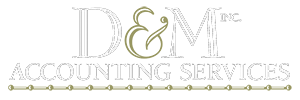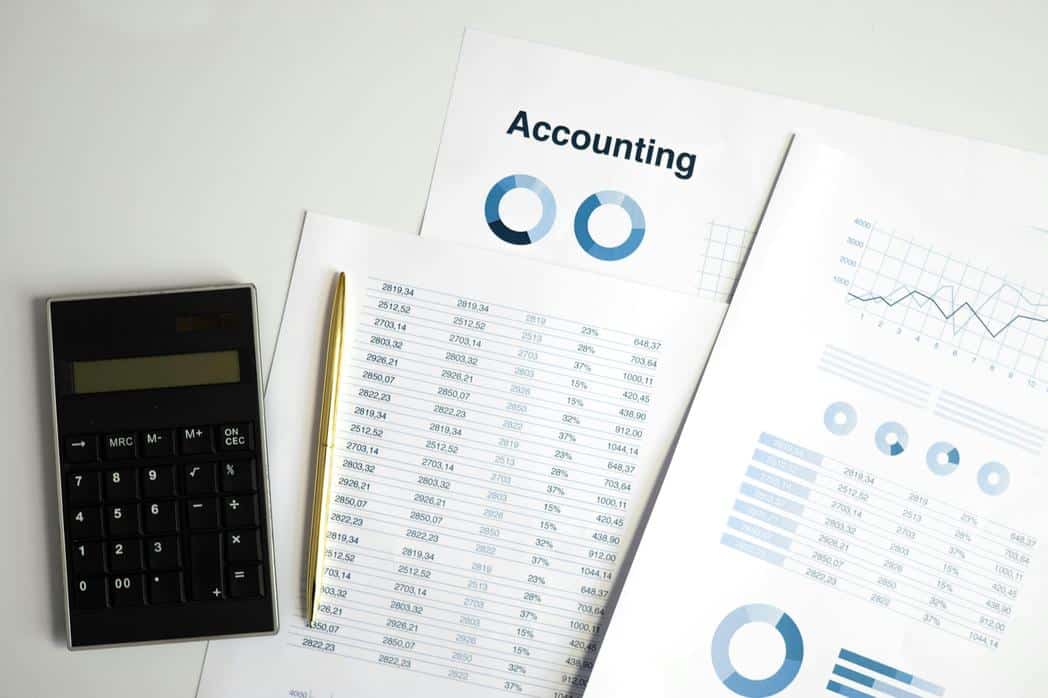There are many misconceptions about taxes that can be detrimental to profitability. To start with, April 15th is a reporting date. Minimizing small business tax liabilities is a year-round process. One of our jobs as accountants is to remind clients about deadlines. Another is to show you how to prepare for them. This article does both. Some key takeaways to look for:
- Maximizing tax-advantaged retirement contributions can lower taxable income and create future wealth for owners and employees.
- Making quarterly tax payments on time and in full can help your company avoid failure-to-pay penalties of up to 25%.
- Assessing income projections mid-year can help you adjust quarterly deposits and more effectively manage cash flow and expenses.
Move #1. Maximize Contributions to Tax-Advantaged Retirement Accounts
Contributing to a SEP IRA, individual 401(k), or traditional IRA is a great way to lower taxable income and build future wealth. Waiting until later in the year to make those contributions is a common mistake many small business owners make. The IRS annual contribution limit can be as high as $70,000 or 25% of your income for certain retirement accounts.
Implementation Steps:
➡️ By May 1: Review your current retirement plans. Verify that you have the optimal plan type for your business structure (Sole Proprietor, LLC, S-Corp).
➡️ By May 15: Set up automated contributions. Keep them within the allowable contribution limit based on the type of account and projected net income.
➡️ By June 1: If you have employees, consider opening a SIMPLE IRA or Safe Harbor 401(k). These can maximize contributions while offering employee benefits.
Move #2. Plan for Quarterly Estimated Tax Payments
The IRS charges a failure-to-pay penalty for taxes not paid by the due date. The penalty starts at 0.5% of unpaid taxes per month and can range as high as 25% if not addressed. One way to avoid that is to plan for quarterly estimated tax payments and make them on time and in full. Waiting until the end of the year could subject your company to additional penalties.
Implementation Steps:
➡️ By May 15: Create a quarterly calendar to remind you about state and federal tax due dates. Use automatic reminders that trigger 10 days before each deadline.
➡️ By June 30: Establish a system to set aside quarterly tax deposits. Opening a separate business savings account or sub-account can be helpful.
➡️ By August 1: Review your short-term financial projections for Q3 and Q4. Adjust your estimated tax payments to avoid underpayment penalties and excessive prepayments.
Step #3. Run a Mid-Year Income & Tax Liabilities Projection
This is particularly important for businesses with variable income streams and self-employed freelancers. Accurate income and tax projections help prevent over- or underpayments and IRS penalties. They also help with cash flow and expense management. Some businesses do this quarterly, but it’s essential to at least do a mid-year evaluation.
Implementation Steps:
➡️ By July 1: Run your business income and tax projections based on the previous two quarters and historical cash flows. Leave room for error, but be as accurate as possible.
➡️ By July 15: Compare your year-to-date estimated payments to IRS safe harbor guidelines (110% of last year’s tax or 90% of current year).
➡️ By September 15: Adjust Q4 estimated payments to compensate for underpayments and avoid penalties or interest. Review and modify deductible expenses if needed.
Move #4. Optimize Charitable Giving Through a Donor-Advised Fund
Charitable contributions benefit your company financially because they’re tax-deductible and they improve your reputation in the community. Speak with our team about setting up a donor-advised fund (DAF) to claim larger deductions in higher-income years. That can be done with cash or business inventory donations.
Implementation Steps:
➡️ By June 15: Check your business assets and inventory for potential donation opportunities. If you’re donating inventory, look for items with a low cost basis and high fair market value.
➡️ By August 1: Open and fund a Donor-Advised Fund. Use it to contribute appreciated business assets instead of cash for enhanced tax benefits.
➡️ Plan multi-year giving: With a DAF, you can “bunch” three to five years of donations to exceed the standard deduction and claim a larger itemized deduction.
Move #5. Leverage Business Deductions and Credits Still Available
Late spring to early summer is a good time to evaluate major equipment purchases that could create business expenses and depreciation deductions. While you’re at it, look for available tax credits that can be applied for before they expire. Call our office to help with that or identify Section 179 home office deductions.
Implementation Steps:
➡️ By May 30: Review your equipment needs and plan major purchases to maximize Section 179 home office deductions (up to $1.16M in 2025).
➡️ This summer: Consider clean energy upgrades on physical properties. You may qualify for business green energy credits before they expire.
➡️ By September 1: Document your home office usage by measuring the space used, what percentage of your home that represents, and any costs associated with it.
Move #6. Time Income and Deductions Around the 2026 Tax Law Sunset
The Tax Cuts and Jobs Act is set to expire after 2025. That means your small business could pay more in taxes in 2026. Now is the time to identify which deductions to take this year and which to hold over until next year to mitigate that higher tax rate. This is another area where you may need assistance from our experienced CPA team.
Implementation Steps:
➡️ By September 15: Print out an income and expense report to look for revenue and deductions that can be deferred into 2026.
➡️ Q4 2025: If your tax bracket rises in 2026, offer incentives for clients to pay you early. Your objective for the quarter should be to increase income and reduce expenses.
➡️ Coordinate across 2025-2026: Time major business investments or expansions to optimize deduction timing when rates may be higher.
Move #7. Communicate with Your CPA Team
Don’t wait until next year to contact us about this year’s taxes. The time-sensitive suggestions in this article are critical milestones for your business’s profitability. As a business owner with other responsibilities, an accounting and tax calendar may not be at the top of my mind. It is for us. Our team can help you meet each deadline and properly optimize your tax filings.
Implementation Steps:
➡️ By May 15: Contact our office to schedule a virtual or in-person meeting. We’ll use it to discuss tax planning and retirement savings strategies.
➡️ By June 15: Review our plan to ensure you’re on schedule for the year. Contact us if you need to adjust quarterly tax deposits or retirement savings contributions.
➡️ By September, schedule a Q3 planning session. This will simplify tax preparation in January while giving us enough time to make adjustments if needed.
Conclusion
Tax planning is a critical step in minimizing your business’s tax liabilities. The team at D&M Accounting stays on top of the constantly changing tax laws to ensure that your business is prepared for any changes. Whether you need business accounting assistance now or are thinking about it in the future, D&M Accounting is ready to help with all your needs, including tax planning, bookkeeping, payroll processing, and more.


